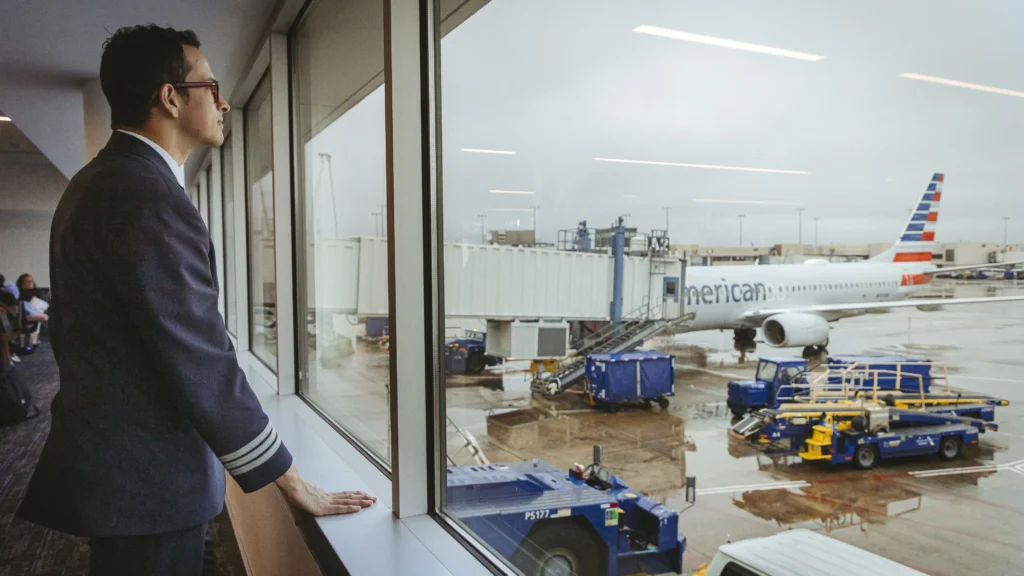In the kingdom of air travel, the span gate lice refers to passengers who plug boarding spots before their designated group is called. This behavior often leads to congestion and disrupts the boarding process, causing inconvenience for both travelers and airline staff. The primary motivation behind this impatience is typically the desire to secure overhead bin space for carry-on luggage. However, such actions can impede priority boarding for those who need assistance or have earned early boarding privileges. Airlines, therefore, face the dual challenge of driving logistical cases and ensuring passenger observance with boarding protocols to minimize such upsets.

American Airlines’ Commitment to Enhancing the Boarding Experience
Remembering the challenges posed by gate lice, American airlines boarding gate lice has commenced efforts to facilitate the boarding process. The airline is testing a new system designed to manage early boarders effectively. This technology emits an audible alert when a passenger attempts to board before their assigned group, notifying both the gate agent and the passenger of the premature boarding attempt. The goal is to ensure a fair and orderly boarding experience for all passengers. Additionally, this innovative approach emphasizes fairness, creating a more comfortable environment for those who have adhered to the boarding rules, thus addressing the root causes of passenger frustration and delays.
Pilot Testing and Positive Feedback
The new boarding system has been piloted at select airports, including Albuquerque International Sunport (ABQ), Tucson International Airport (TUS), and Ronald Reagan Washington National Airport (DCA). Feedback from these trials has been overwhelmingly positive, with passengers appreciating the orderly boarding process and gate agents finding it easier to manage boarding queues. The success of these trials has encouraged American Airlines to consider expanding the system to additional airports. This strategy has not only optimized operations but also elevated passenger satisfaction levels, setting a precedent for other airlines aiming to address similar challenges effectively.
Technological Integration for Seamless Operations
Developed in-house, the boarding system integrates real-time data to assist gate agents. Features contain insights into the number of passengers per boarding class and monitoring of fastening flight comings. This comprehensive approach permits sellers to calm the boarding procedure more efficiently, declining delays and enhancing the overall passenger experience. Furthermore, the integration of this technology ensures that agents are better equipped to handle unforeseen complications, such as accommodating last-minute gate changes or flight delays, thereby fostering a more seamless and predictable boarding procedure.
Maintaining Flexibility for Passengers
While the system aims to enforce boarding group orders, it also offers flexibility. For instance, if a passenger is traveling with a companion assigned to an earlier boarding group, gate agents can override the system to allow them to board together. This ensures that the technology enhances the boarding function without compromising passenger convenience. By smacking a balance between format and adaptability, American Airlines reveals its commitment to catering to the myriad needs of its passengers, ensuring an equitable and user-friendly experience for all travelers.
Addressing Passenger Behavior and Etiquette
The implementation of this system also serves an educational purpose, reminding passengers to adhere to boarding protocols. By discouraging premature crowding at the gate, American Airlines hopes to foster a more respectful and efficient boarding environment, reducing stress and enhancing the travel experience for all. This approach not only addresses immediate issues but also instills a long-term behavioral change, encouraging passengers to view boarding as a collective process that benefits everyone involved. Such measures are pivotal in transforming the often chaotic boarding phase into a more orderly and pleasant experience.
Future Expansion and Industry Implications
Encouraged by the praising results of the initial trials, American Airlines plans to raise the boarding system to over 100 airports across the United States. This move represents a loyalty to innovation and customer satisfaction, molding a potential benchmark for the airline industry in collecting boarding processes. The broader implementation of this system not only benefits American Airlines but also provides a template for other carriers, highlighting the importance of technological integration and strategic planning in overcoming industry-wide challenges. This initiative is poised to revolutionize how airlines address boarding inefficiencies on a global scale.
Conclusion
American Airlines’ proactive approach to addressing the challenges posed by gate lice reflects a dedication to improving the passenger experience. By leveraging technology to implement boarding directives while maintaining flexibility, the airline is forming new standards for efficiency and patron satisfaction in air travel. As the method expands to more airports, passengers can peek forward to an additional streamlined and pleasing boarding venture, free from the frustrations of gate crowding and associated delays. This advancement underscores the airline’s commitment to pioneering solutions that enhance operational efficiency and passenger comfort alike.

